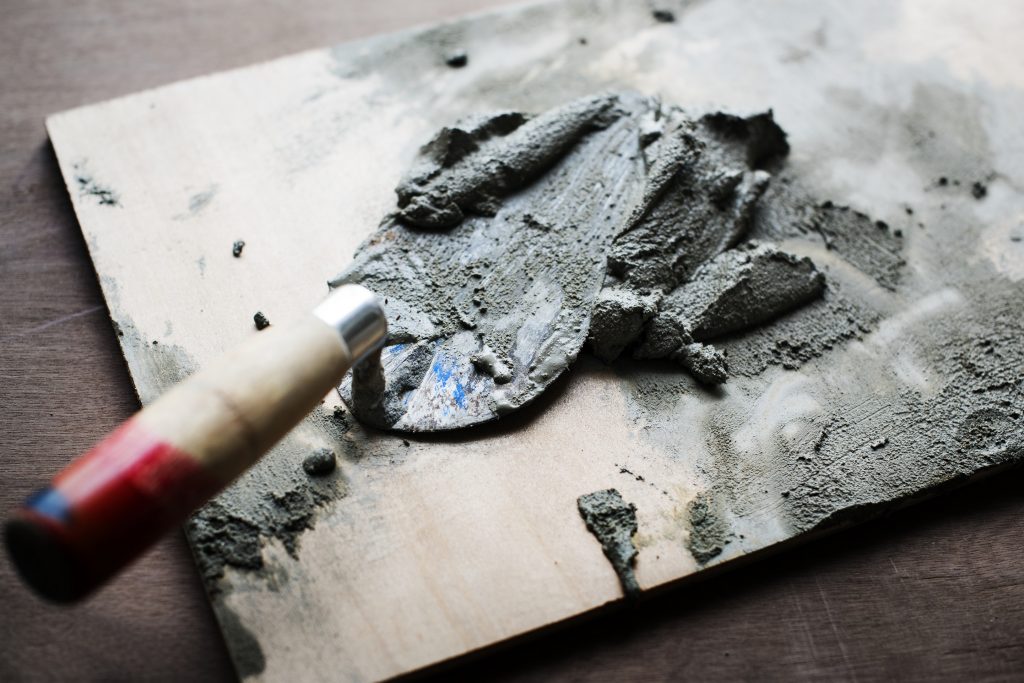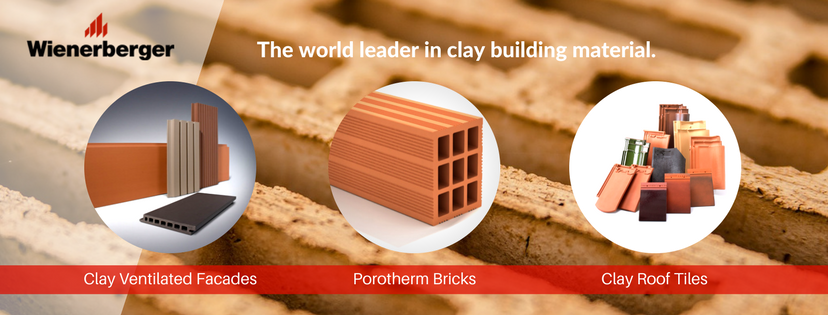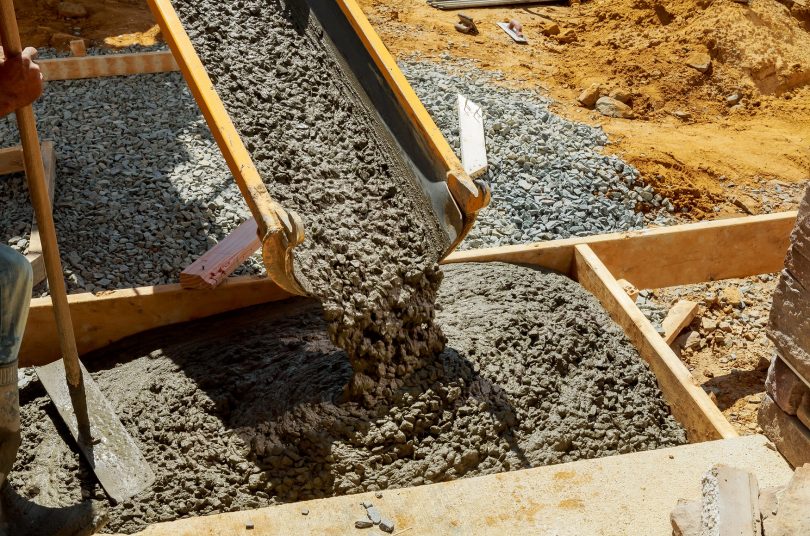In the construction sector, cement is an essential material used and is found to be very beneficial for strengthening the foundation. But then the question is, which are the different types of cement grades available and which are ones are the best. The grades define the compression strength and the way they bind together for plaster, mortar and concrete. The measurement of the grades is done in terms of Mega-Pascal (Mpa). Along with the grades, in India, the Indian Standard Codes (ISC) aid engineers, designers, and architects in deciding the best quality. In this article, we will discuss the different types of cement grades, their specifications, and how beneficial are they for construction.
how to buy prednisone online Read: Bricks And Clay – Do Concrete Bricks And Clay Bricks Differ?
Types Of Cement Grades Used In Construction
Below discussed are the most popular types of cement grades used in construction:

1. Ordinary Portland Cement (OPC)
Ordinary Portland Cement or OPC is the most widely used cement grade in the world. It has 3 grades – named as 33, 43, and 53 depending on the compressive strength which is achieved after 28 days of setting. OPC is used for mortar, concrete, stucco, and non-specialty grouts.
We will discuss now the specifications of OPC as per the Indian standards.
33 Grade
The chemical properties for the grade
- The ratio of the percentage of lime to percentages of silica, alumina, and iron oxide – not less than 0.66 and not greater than 1.02
- The ratio of percentage of alumina to the percentage of iron oxide – Not less than 0.66
- Magnesia, percent by mass – Not more than 6
- Insoluble residue, percent by mass – Not more than 4
The percent of Sulphuric anhydride (SO2), percent by mass
- For Tricalcium aluminate equal to or less than 5, it should be less than and equal to 2.5
- For Tricalcium aluminate greater than 5, it should be less than and equal to 3
- Max percent of total loss on ignition by mass should be less than and equal to 5%
- Max percent of chloride content by mass should be less than and equal to 0.1%
- Alkali content must be less than and equal to 0.05
The physical properties for the grade
- Avg. Compressive Strength in N/sq millimeter – 16 for 3 days setting time, 22 for 7 days setting time and 33 for 28 days setting time
- Minimum Fineness in sq meter/kg – 225 for any number of days setting time
Soundness
- Maximum in millimeter by ABy Le Chatelier method – 10
- Maximum in millimeter by autoclave test method – 0.8
Setting Time
- Minimum minutes – 30
- Maximum minutes – 600
Usage
- General construction purposes like flooring, masonry and plastering
- Low compressive strength
- Low heat hydration
- Less available in the market
- Indian Standard Code is 269
43 Grade
The chemical properties for the grade
- The ratio of the percentage of lime to percentages of silica, alumina, and iron oxide – not less than 0.66 and not greater than 1.02
- The ratio of percentage of alumina to the percentage of iron oxide – Not less than 0.66
- Magnesia, percent by mass – Not more than 6
- Insoluble residue, percent by mass – Not more than 2
The percent of Sulphuric anhydride (SO2), percent by mass
- For Tricalcium aluminate equal to or less than 5, it should be less than and equal to 2.5
- For Tricalcium aluminate greater than 5, it should be less than and equal to 3
- Max percent of total loss on ignition by mass should be less than and equal to 5%
- Max percent of chloride content by mass should be less than and equal to 0.1%
- Alkali content must be less than and equal to 0.05
The physical properties for the grade
- Avg. Compressive Strength in N/sq millimeter – 23 for 3 days setting time, 33 for 7 days setting time and 43 for 28 days setting time
- Minimum Fineness in sq meter/kg – 225 for any number of days setting time
Soundness
- Maximum in millimeter by ABy Le Chatelier method – 10
- Maximum in millimeter by autoclave test method – 0.8
Setting Time
- Minimum minutes – 30
- Maximum minutes – 600
Usage
- General construction purposes like flooring and plastering
- Majorly available in the market
- Widely used in the construction sector
- Indian Standard Code is 8112
53 Grade
The chemical properties for the grade
- The ratio of the percentage of lime to percentages of silica, alumina, and iron oxide – not less than 0.8 and not greater than 1.02
- The ratio of percentage of alumina to the percentage of iron oxide – Not less than 0.66
- Magnesia, percent by mass – Not more than 6
- Insoluble residue, percent by mass – Not more than 2
The percent of Sulphuric anhydride (SO2), percent by mass
- For Tricalcium aluminate equal to or less than 5, it should be less than and equal to 2.5
- For Tricalcium aluminate greater than 5, it should be less than and equal to 3
- Max percent of total loss on ignition by mass should be less than and equal to 5%
- Max percent of chloride content by mass should be less than and equal to 0.1%
- Alkali content must be less than and equal to 0.05
The physical properties for the grade
- Avg. Compressive Strength in N/sq millimeter – 27for 3 days setting time, 37 days setting time and 53 for 28 days setting time
- Minimum Fineness in sq meter/kg – 225 for any number of days setting time
Soundness
- Maximum in millimeter by ABy Le Chatelier method – 10
- Maximum in millimeter by autoclave test method – 0.8
Setting Time
- Minimum minutes – 30
- Maximum minutes – 600
Usage
- General construction purposes and for building bridges, multi-storied buildings, roads etc.
- Used in reinforced cement concrete, instant plugging mortars and cement grouts for higher strength
- Indian Standard Code is 12269
2. Portland Slag Cement (PSC)
Preferred over OPC due to its high strength and long lasting capability. Used in rough environments like marine applications or wastewater treatment. It is resistant to severe chemical reactions like chloride or sulphate attacks and corrosions. Indian Standard Code is 455.
3. Portland Pozzolana Cement (PPC)
Good resistor to corrosions, good fineness, long lasting and high degree of impermeability. It is being preferred over OPC and is used in the construction of bridge footings, marie structures, hydraulic structures like retaining walls and dams, and basic masonry works. Indian Standard Code is 1489 P-2.
4. Hydrophobic Portland Cement
Expensive than OPC and is not easily available in the market. It’s a good water repellant and not affected by high humidity. Used in harsh weather conditions and in areas of high rainfall. The cement is majorly leveraged in the construction of dams, spillways and underwater constructions. Indian Standard Code is 8043.
The Final Thoughts…
For a safer and durable construction, it is essential to select the right type and brand of cement. Hence depending on the weather conditions, location and the complexity of the construction, you need to select the cement that suits your requirements.
Read: Top 5’s For Cement Bricks Vs Clay Bricks Which Is Better
http://ramblingfisherman.com/2012/02/maui-jim-sunglasses/ Curated by a building expert from Wienerberger India








